Teatro de Arte Daehangno (대학로예술극장)
3.0Km 2021-04-23
Daehak-ro 10-gil 17, Jongno-gu, Seúl.
+82-2-3668-0007
Es un teatro que consta de 2 salones de actuación: un salón grande con 504 asientos y un salón pequeño de 150 asientos. El salón grande consta de por 2 pisos con asientos en forma de abanico. La poca distancia existente entre los asientos y el escenario permite una interacción más activa con el público, que es una de las principales características del teatro contemporáneo.
Suyeonsanbang (수연산방)
3.0Km 2024-07-19
8, Seongbuk-ro 26-gil, Seongbuk-gu, Seoul
Suyeonsanbang, a traditional Korean tea house located in Seongbuk-dong, was originally the house where the late Korean author Lee Tae-Jun wrote many of his books. Now, his estate has opened Suyeonsanbang’s doors to the public in the form of a charming and peaceful tea house. Famous for its savory tea, beautiful nature, and rich history, Suyeonsanbang has been covered by a variety of foreign media outlets like NHK (Japan), BBC (UK), French TV channels, and numerous Japanese magazines. To take a break during the summer heat, visitors come to Suyeonsanbang to try their patbingsu (shaved ice with red beans), one of its summer specialties. So come relax and be inspired in this traditional Hanok tea house.
Starbucks - Idae R (스타벅스 이대R)
3.0Km 2024-12-27
Ihwayeodae-gil 34, Seodaemun-gu, Seúl
Este Starbucks, inaugurado en 1999, fue el primer Starbucks de Corea y el primero en tener la etiqueta "Reserva". Se ubica a unos 150 m de la entrada a la Universidad de Mujeres Ewha. En 2019, celebrando su vigésimo aniversario, la tienda tuvo una remodelación y empezó a vender café de especialidad. Además de su café de alta calidad, esta tienda ofrece bebidas especiales y una serie de experiencias diversas para sus clientes.
Parque del Monte Namsan en Seúl (남산공원(서울))
3.0Km 2024-02-22
Samil-daero 231, Jung-gu, Seúl.
El Parque del Monte Namsan (265 m sobre nivel de mar) está en un monte emblemático del centro de la ciudad de Seúl. Pese a que no es muy alto, gracias a su ubicación y la vista panorámica que se logra desde su cumbre, el monte Namsan es muy popular como lugar de descanso.
Sobre la cumbre del monte Namsan hay varias instalaciones de prestaciones públicas tales como Palgakjeong (sala octogonal), Namsan Seoul Tower y la Biblioteca de Namsan, entre otras. Para llegar a la cima, podrá optar por subirse a un teleférico o ir por un sendero escalonado. Además de esta senda de escalones, hay muchos otros caminos para subir a pie a la cumbre partiendo de Namdaemun, Hoehyeon-dong, Toegye-ro 3 -ga, Parque Jangchung, Itaewon, Huam-dong, etc.
El Parque del Monte Namsan también es un sitio histórico. En la cumbre del monte hallará el Bonghwadae (montículo de almenara) porque este fue una vez el centro de defensa de la capital. Durante la dinastía Joseon (1392-1910), la capital fue fundada en Hanyang (la actual Seúl) y para proteger a la ciudad de las invasiones, se construyeron muros de protección en las cuatro montañas principales: Bugaksan, Inwangsan, Naksan y Namsan.
Sobre el pico de Namsan, se levantaron cinco montículos de almenara para informar al gobierno central las noticias del gobierno local con un sistema de señales de fuego. También sobre la cima del monte Namsan, se encuentra el pabellón Palgakjeong, desde el cual se tiene una fantástica vista panorámica.
Desde Namsan Seoul Tower (479,7 metros de altura), podrá ver un panorama de la ciudad. El restaurante giratorio sobre la torre ofrece también vistas grandiosas. Se recomienda especialmente ir a visitar este lugar de noche, para disfrutar de las vistas de la ciudad bellamente iluminada.
Centro Cultural Alemán en Corea (주한독일문화원)
3.1Km 2021-03-18
Sowol-ro 132, Yongsan-gu, Seúl.
El Centro Cultural Alemán en Corea forma parte del Goethe Institut y, como sucede en varios países del mundo, promueve la lengua alemana e intercambios culturales internacionales, proporcionando información sobre la cultura del país, la sociedad y la política.
Con una amplia red por todo el mundo, que incluye organizaciones culturales, centros de información, centros de examinación de lengua y centros de aprendizaje de lengua, es capaz de llevar a cabo tareas centradas en la cultura extranjera y las políticas educativas. El instituto también realiza actividades con lazos con organizaciones privadas y organizaciones culturales públicas, el gobierno federal alemán y las comunidades locales de Alemania.
Pabellón Palgakjeong de Namsan (남산 팔각정)
3.2Km 2021-06-19
Namsangongwon-gil 105, Yongsan-gu, Seúl
Originalmente conocido como Unamjeong, este pabellón fue construido para conmemorar al entonces presidente Rhee Syng-man en 1959, y fue demolido por el Movimiento del 19 de abril de 1960, y reconstruido de nuevo el 11 de noviembre de 1968. Este pabellón se encuentra en la cima del monte Namsan, con vistas increíbles de toda la ciudad.
Arroyo Cheonggyecheon (청계천)
3.2Km 2025-09-15
Changsin-dong, Jongno-gu, Seúl
El arroyo Cheonggyecheon nace en la plaza Cheonggye, que se encuentra en la avenida Sejong-ro, frente al edificio del periódico Donga Ilbo, que fue el lugar de inicio del restablecimiento del arroyo. Abarca hasta el puente Sindapcheolgyo. La plaza Cheonggye se compone de una fuente con caídas de agua, un modelo en miniatura del arroyo en su totalidad y una senda de paseos, entre otras instalaciones para comodidad de los visitantes.
El diseño de la plaza Cheonggye presenta un toque tradicional, el lugar está decorado con colores diversos, ofreciendo una elegancia peculiar. El modelo del arroyo representado en tamaño de miniatura, posibilita a simple vista recorrer la zona completa del arroyo remodelado. También expone los carteles explicativos de los 22 puentes que atraviesan el curso de agua y otros detalles. Por otra parte, hacia la izquierda está instalada la escalera que conecta con las aceras ribereñas del arroyo y hacia la derecha de la plaza Cheonggye hay un sendero con un túnel de 18 m de largo.
El Ayuntamiento de Seúl ha logrado que el lugar se convierta en un espacio cultural libre para los ciudadanos, prohibiendo el tránsito de vehículos en los días festivos. La fuente con forma de candelero y con la iluminación de luces tricolores, junto a las caídas de agua desde dos pisos, a una altura de 4 m, conforman una obra de ingeniería civil maravillosa. A cada lado de las caídas de agua se han instalado miles de piedras traídas desde todas partes del país. Por la noche, la combinación que hace el agua con las luces de la iluminación es realmente un espectáculo fantástico.
Jinokhwa Halmae Wonjo Dakhanmari (Jin Ok-hwa Original Chicken Restaurant) (진옥화할매원조닭한마리)
3.2Km 2024-11-28
18, Jong-ro 40ga-gil, Jongno-gu, Seoul
+82-2-2275-9666
Jinokhwa Halmae Wonjo Dakhanmari first opened its doors in 1978 and has continued to be a much-loved restaurant on Jongno 5-ga for the past 30 years. The restaurant only uses fresh young chickens, which are about 35 days old, and minimal seasoning to allow diners to fully enjoy the tenderness of the meat. Dip your chicken in the special marinade sauce and couple it with a helping of Kalguksu (a noodle dish) for a perfect meal combination.
Namsan Seoul Tower (남산서울타워)
3.2Km 2025-04-02
Namsangongwon-gil 105, Yongsan-gu, Seúl.
Abierta al público el 15 de octubre de 1980, la Torre de Seúl ha sido designada como una importante atracción turística, desde la que se puede tener una hermosa vista panorámica de Seúl. La Torre de Seúl, de 236,7 metros de altura, construida sobre el monte Namsan –de 243 m–, ha sido conocida como la mejor torre de Asia. Tras 30 años de apoyo ferviente de los turistas, fue remodelada el 9 de diciembre de 2005. La letra N significa “nuevo”, por su aspecto, y fue invertido un coste de construcción total de 15 mil millones de wones en dar a la Torre de Seúl su nueva apariencia. Con la construcción del nuevo sistema de alumbrado, varía en cada estación o evento. Además, la iluminación, con el tema de “La flor de Seúl”, tiene lugar desde las 19:00 hasta la medianoche, con el empleo de 6 reflectores distintos desde diferentes ángulos. El lobby cuenta con una Zona Multimedia, una Sala de Experiencia del Pabellón, salas de exhibiciones y salas de actuaciones. También hay el restaurante N Grill, de estilo occidental, que gira 360 grados cada 48 minutos, y el Sky Restroom que ofrece comodidad y vistas panorámicas de Seúl; ambos son ideales para parejas y amigos.
Parque del Monte Naksan (낙산공원)
3.2Km 2025-08-08
Naksan-gil 41, Jongno-gu, Seúl.
El Parque del Monte Naksan recibe su nombre de su apariencia parecida a la joroba de un camello. En coreano, “nakta” significa camello y “san” significa montaña. De esta forma, la gente se refiere al parque como Parque Nakta o Parque Naksan. La montaña es una base de roca sólida de granito. La familia real de Joseon disfrutaba de la belleza natural de la montaña de granito, pero durante el período de la ocupación japonesa una actitud apresurada de planificación urbana dio como resultado la demolición de gran parte de la montaña. En un esfuerzo por salvar las zonas verdes restantes, el 10 de junio de 2002 el monte Naksan fue designado como parque. Situado en el centro de Seúl, este parque histórico y hermoso permite a sus visitantes contemplar la magnificencia de la ciudad.

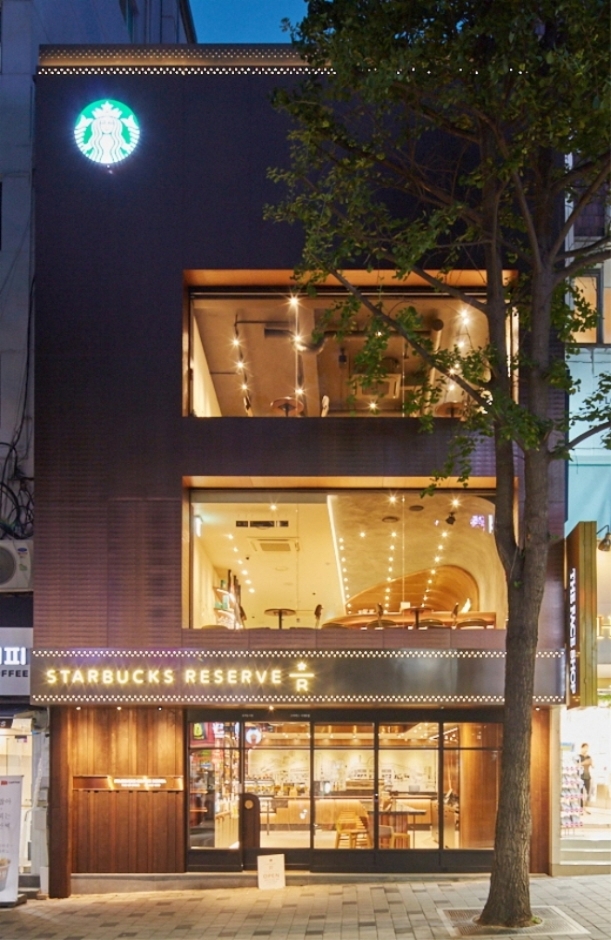
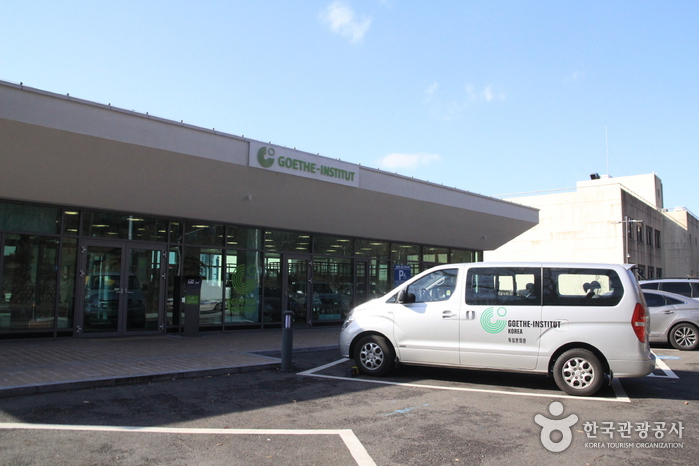
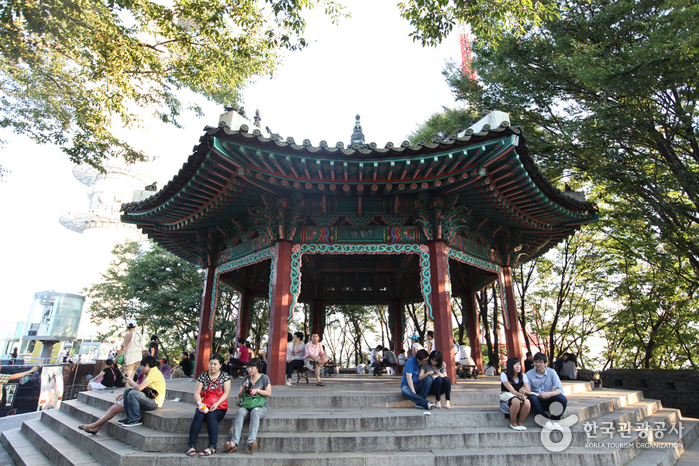
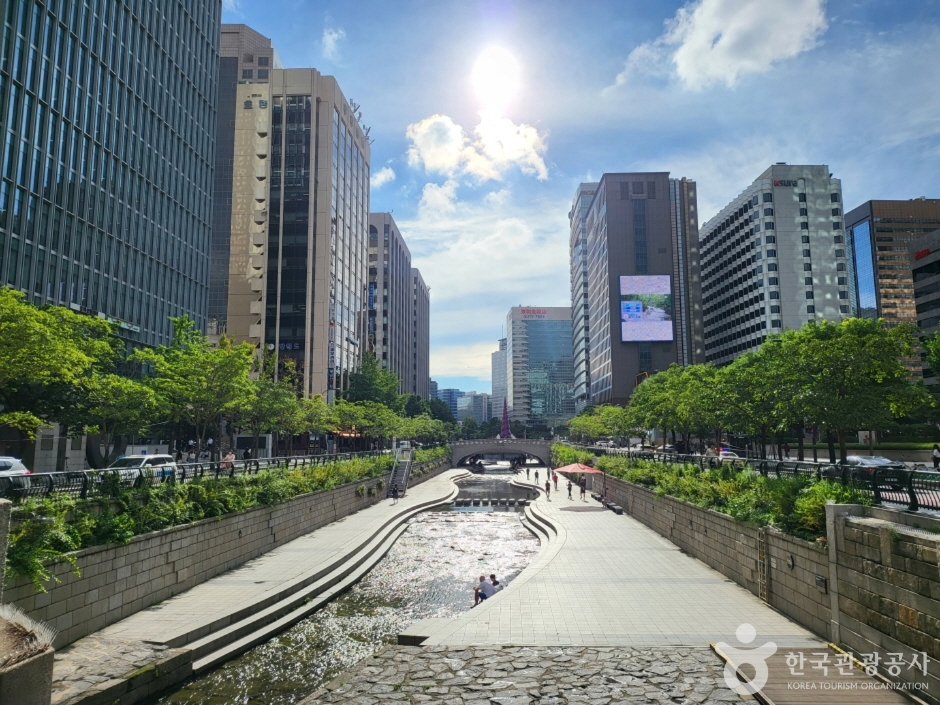
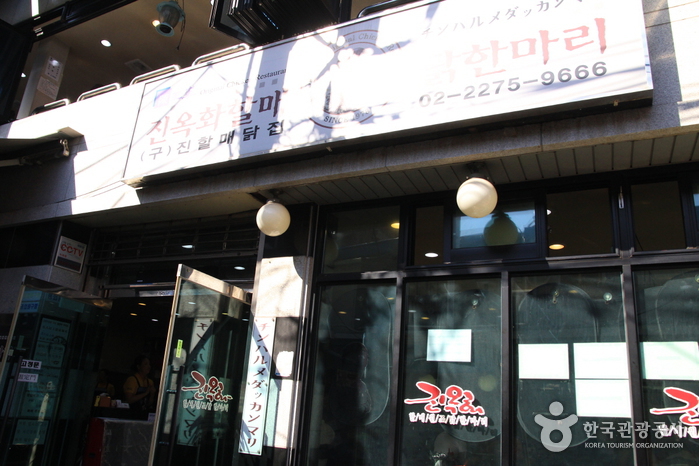

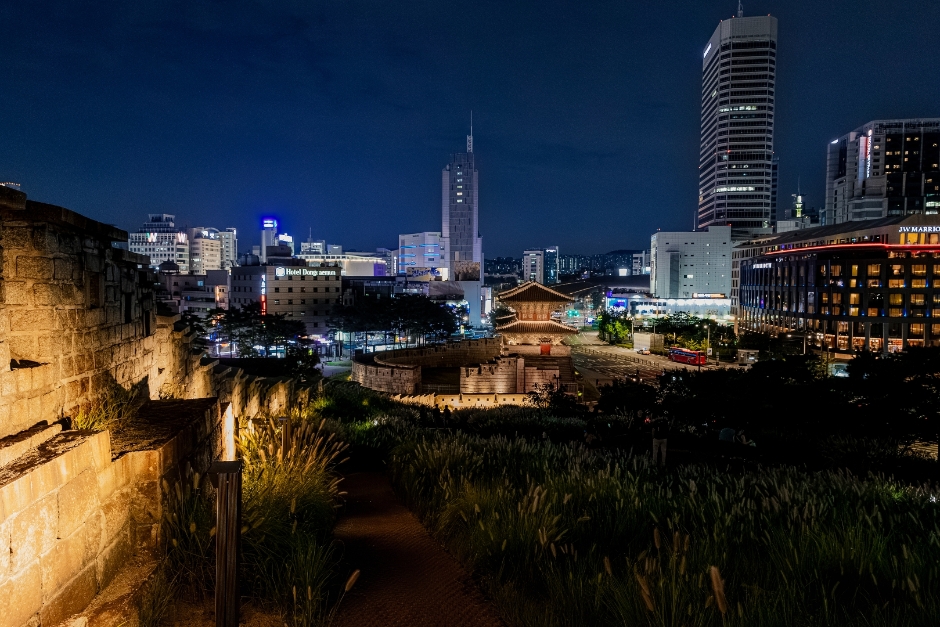
 Español
Español
 한국어
한국어 English
English 日本語
日本語 中文(简体)
中文(简体) Deutsch
Deutsch Français
Français Русский
Русский